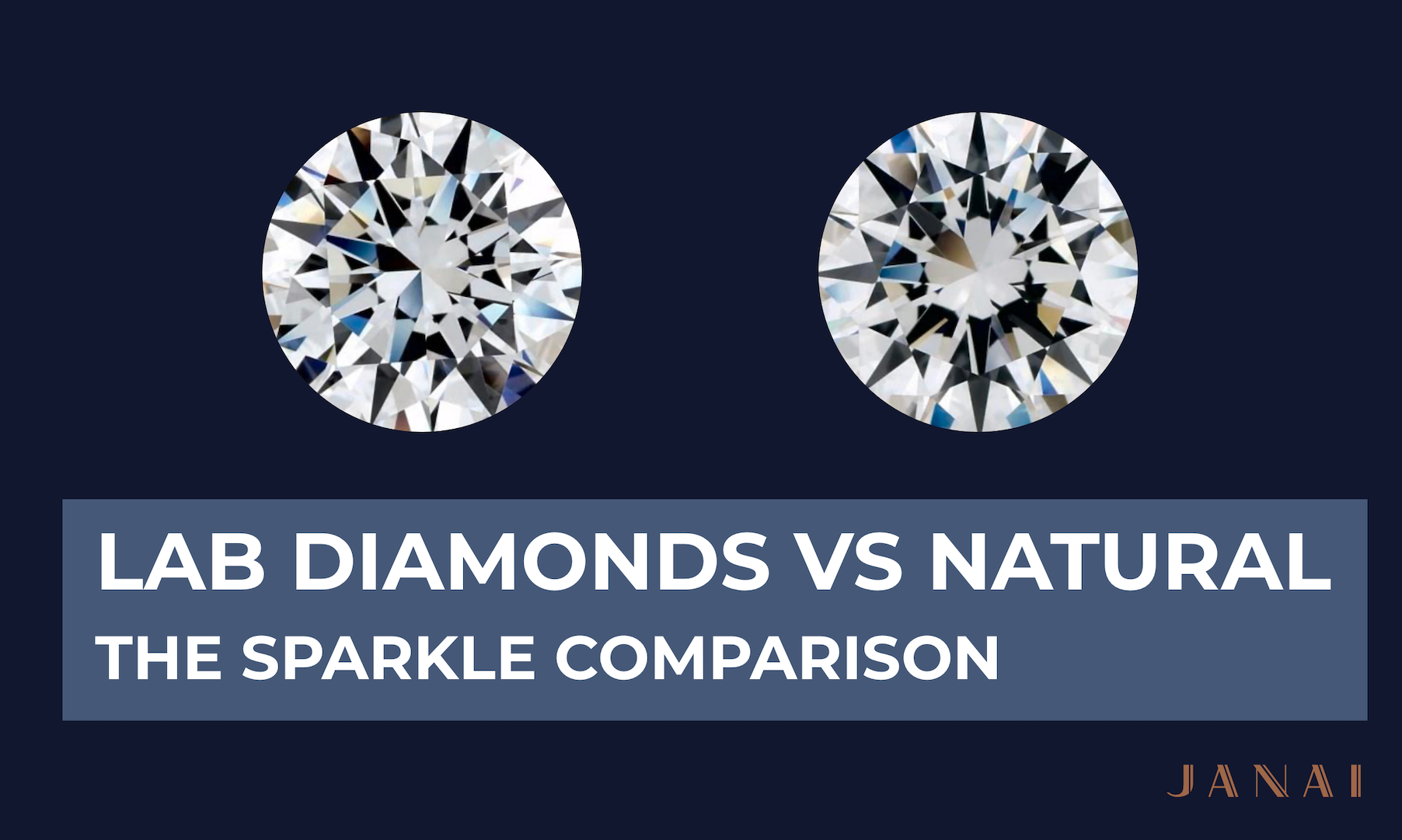
Table of Contents
- Introduction
- The Evolution of Diamond Shopping
- Why the Internet is Changing the Jewelry Game
- The Rise of E-Commerce in the Luxury Industry
- Anatomy of an Online Diamond Store
- The 4Cs and Online Diamond Listings
- Trust, Certification, and Transparency
- How to Evaluate a Diamond Online
- Best Practices for Buying Diamonds on the Web
- Lab-Grown Diamonds vs. Natural Diamonds Online
- Reviews and Reputation: Social Proof and Ratings
- Ethical Sourcing and Blockchain Technology
- Virtual Appointments and Augmented Reality
- The Role of AI and Data in Online Diamond Sales
- Logistics: Delivery, Returns, and Insurance
- Case Studies: Leading Online Diamond Retailers
- Emerging Trends in Online Diamond Commerce
- Challenges and Risks in the Digital Marketplace
- Future Outlook for Diamonds on the Web
- Conclusion
1. Introduction
The internet has revolutionized the way we shop, and the diamond industry is no exception. What was once considered a high-touch, in-person experience has transformed into a streamlined online journey. Today, buying diamonds on the web is not only possible but also increasingly preferred. This article explores the rise of online diamond marketplaces, their inner workings, benefits, and the future of digital gem commerce.
2. The Evolution of Diamond Shopping
Historically, purchasing diamonds involved visiting a brick-and-mortar jeweler, discussing preferences with a sales representative, and physically inspecting each stone. This hands-on approach dominated the luxury jewelry space for decades. However, the rise of the internet, combined with advancements in digital imaging and certification, paved the way for online diamond stores.
3. Why the Internet is Changing the Jewelry Game
Online platforms offer several advantages over traditional outlets:
- Convenience: Shop from anywhere at any time.
- Selection: Access to a broader inventory.
- Transparency: Clear pricing and grading.
- Competitive Pricing: Lower overhead costs mean better prices.
These advantages appeal to modern consumers who value efficiency and digital experiences.
4. The Rise of E-Commerce in the Luxury Industry
Luxury e-commerce has matured dramatically. Once skeptical of high-value online purchases, consumers now feel comfortable spending thousands online. The online diamond market mirrors this trend, offering a luxury shopping experience complete with virtual consultations, high-definition videos, and return guarantees.
5. Anatomy of an Online Diamond Store
A typical online diamond store includes:
- A searchable database of loose diamonds and settings.
- Detailed product pages with specs, certificates, and 360° videos.
- Design tools for customizing rings.
- Support via chat, email, and video calls.
These features create a comprehensive and immersive experience for customers.
6. The 4Cs and Online Diamond Listings
The 4Cs—Cut, Color, Clarity, and Carat weight—remain the standard grading system. Online listings present these attributes with high-resolution images, magnification tools, and interactive videos to simulate in-person viewing.
7. Trust, Certification, and Transparency
Trust is crucial. Leading sites provide certification from reputable gemological labs like:
- GIA (Gemological Institute of America)
- IGI (International Gemological Institute)
- AGS (American Gem Society)
These certificates assure authenticity and quality.
8. How to Evaluate a Diamond Online
When assessing a diamond online, focus on:
- Video and imagery quality
- Certification details
- Customer reviews
- Return and warranty policies
Use filters to narrow down selections based on the 4Cs and budget.
9. Best Practices for Buying Diamonds on the Web
- Always verify certifications.
- Choose retailers with return policies.
- Avoid sites lacking clear contact info or customer support.
- Look for secure checkout and buyer protection.

10. Lab-Grown Diamonds vs. Natural Diamonds Online
Lab-grown diamonds have surged in popularity online due to their affordability and eco-friendliness. Online platforms often highlight differences, offering side-by-side comparisons and detailed explanations.
11. Reviews and Reputation: Social Proof and Ratings
Sites like Trustpilot and Google Reviews provide insight into a retailer’s reputation. Positive customer feedback, video testimonials, and third-party ratings build trust.
12. Ethical Sourcing and Blockchain Technology
Transparency around sourcing is essential. Blockchain is being adopted to track a diamond’s journey from mine to market, ensuring conflict-free origins and ethical practices.
13. Virtual Appointments and Augmented Reality
Technology has made online shopping more personal. Features include:
- Virtual try-ons via AR
- Real-time video consultations with gemologists
- 3D ring builders
These tools help bridge the gap between online and in-store experiences.
14. The Role of AI and Data in Online Diamond Sales
AI powers recommendation engines and personalized shopping. It analyzes user behavior to suggest diamonds matching their preferences. Some platforms even use AI to assess video quality of diamonds.
15. Logistics: Delivery, Returns, and Insurance
Reputable retailers offer:
- Insured and discreet shipping
- Generous return periods (30–90 days)
- Lifetime warranties and upgrade options
These logistics build confidence in online buying.
16. Case Studies: Leading Online Diamond Retailers
- James Allen: Known for HD videos and vast inventory
- Blue Nile: Offers both natural and lab-grown diamonds
- Brilliant Earth: Focus on ethics and sustainability
- Ritani: Hybrid model with in-store previews
These brands set industry benchmarks.
17. Emerging Trends in Online Diamond Commerce
- Subscription services for fine jewelry
- AI-enhanced customer support
- Integration with social media platforms for direct shopping
- Cryptocurrency payments and NFTs
These innovations reflect the industry’s adaptability.
18. Challenges and Risks in the Digital Marketplace
- Counterfeits and misrepresentation
- Poor customer service
- Lack of in-person assurance
- Technical glitches or data breaches
Buyers must stay vigilant and informed.
19. Future Outlook for Diamonds on the Web
As technology advances, online diamond shopping will become even more intuitive, immersive, and transparent. The next decade may bring fully virtual showrooms, AI-driven certification, and greater global accessibility.
20. Conclusion
“Diamonds on the Web” is more than a phrase—it’s a movement. With the right tools, research, and trustworthy platforms, consumers can now buy diamonds with confidence and convenience. As innovation continues, the digital diamond marketplace is set to shine even brighter.
